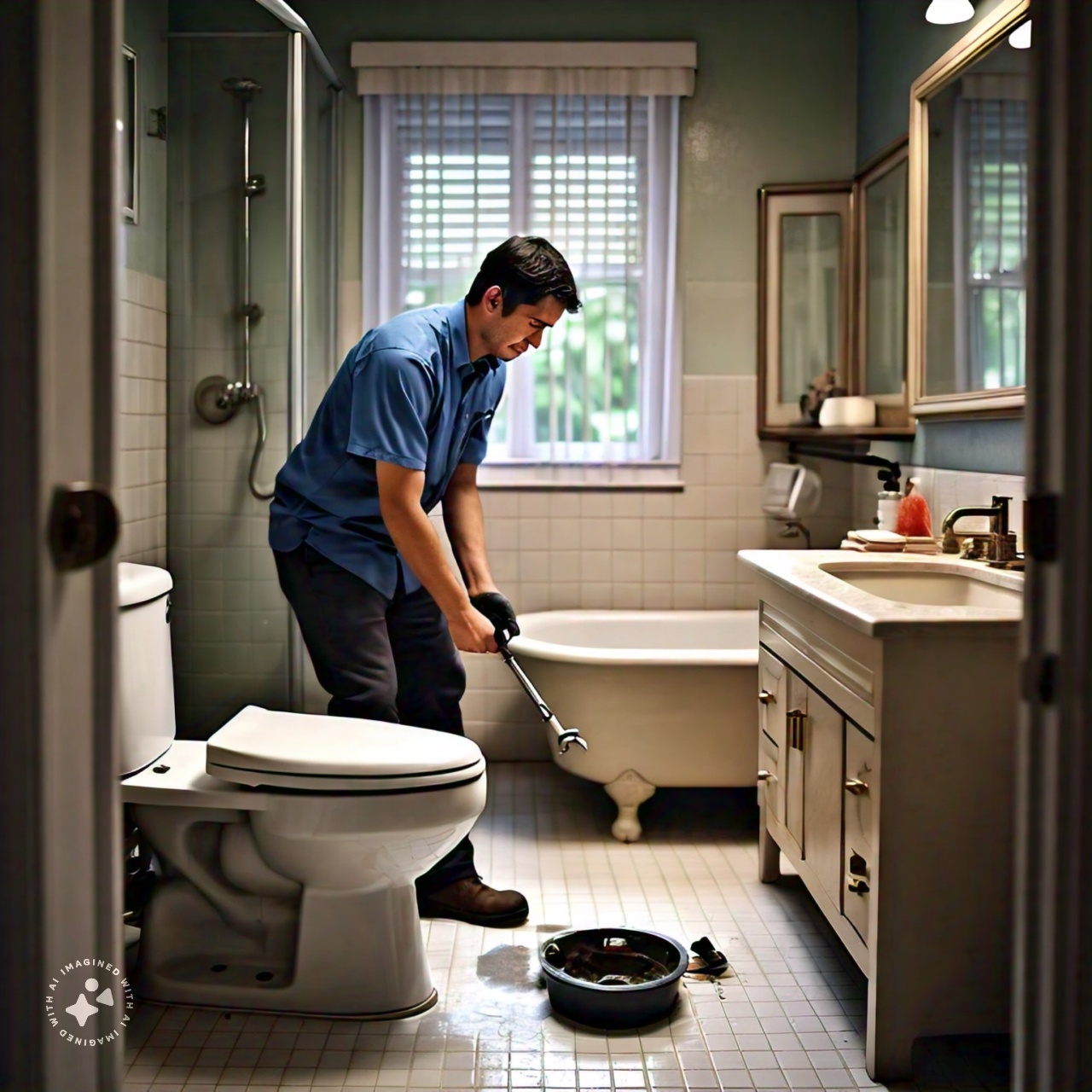A running toilet isn’t just an annoyance; it can also significantly impact your water bill and the environment. If you’re a homeowner experiencing this issue, you’re in the right place. This comprehensive guide will walk you through everything you need to know to fix your running toilet and keep it from happening again.
Imagine lying in bed, ready to drift off to sleep, when you hear it—the continuous sound of water running from your bathroom. Not only is this noise irritating, but it also signifies that your toilet is wasting water. A running toilet can lead to higher water bills and is detrimental to the environment. So, how do you go about fixing it?
Understanding the Basics
Before diving into the fixes, it’s crucial to understand the basic components of a toilet and how it works:
- Tank: The upper part of the toilet that holds water.
- Bowl: The lower part where waste is flushed away.
- Flush Valve: Releases water from the tank into the bowl.
- Fill Valve: Refills the tank after a flush.
- Flapper: A rubber seal that controls the flow of water from the tank to the bowl.
When you flush the toilet, the flapper lifts, allowing water to flow from the tank into the bowl. Afterward, the fill valve refills the tank with water.
Identifying the Problem
Several factors can cause a toilet to run continuously. Here are the most common reasons:
- Faulty Flapper: The flapper may not be sealing properly, allowing water to leak from the tank into the bowl.
- High Water Level: If the water level in the tank is too high, it may overflow into the overflow tube.
- Dirty Fill Valve: Debris in the fill valve can prevent it from closing properly, leading to continuous water flow.
DIY Fixes
Now that you’ve identified the potential issues, here are step-by-step solutions to fix your running toilet:
1. Replacing the Flapper
- Turn off the water supply to the toilet by turning the valve behind the toilet clockwise.
- Flush the toilet to drain the tank.
- Remove the old flapper by unhooking it from the chain and flush valve.
- Install the new flapper by attaching it to the chain and flush valve.
- Turn the water supply back on and test the toilet.
2. Adjusting the Water Level
- Remove the lid from the toilet tank.
- Locate the float, which controls the water level.
- If you have a ball float (a large plastic ball on a metal arm), bend the arm downward to lower the water level.
- If you have a cylinder float, squeeze the clip on the side and slide it down the rod.
- Flush the toilet and check the water level. It should be about an inch below the top of the overflow tube.
3. Cleaning the Fill Valve
- Turn off the water supply to the toilet.
- Flush the toilet to empty the tank.
- Remove the fill valve cap by unscrewing it.
- Rinse the fill valve parts under running water to remove any debris.
- Reassemble the fill valve and turn the water supply back on.
- Flush the toilet to ensure it fills correctly.
When to Call a Professional
While these DIY fixes can resolve most running toilet issues, some problems may require professional expertise. Here are signs that you should call a plumber, such Rescue Rooter:
- Persistent running despite multiple fixes.
- Visible cracks in the toilet tank or bowl.
- Water damage around the base of the toilet.
- Unusual noises during or after flushing.
Preventative Maintenance
To avoid future issues with a running toilet, consider these preventative maintenance tips:
- Regular Inspections: Check the flapper, fill valve, and other components regularly for signs of wear and tear.
- Clean the Tank: Periodically clean the inside of the toilet tank to remove mineral buildup and debris.
- Replace Parts Promptly: If you notice any worn or damaged parts, replace them immediately to prevent larger issues.
- Monitor Water Levels: Keep an eye on the water level in the tank to ensure it stays at the proper height.
Fixing a running toilet is essential for conserving water, reducing your utility bills, and ensuring your bathroom functions smoothly. By following the steps outlined in this guide, you can diagnose and fix the problem yourself or know when to call in professionals like Rescue Rooter, your local Hamilton Plumbers.







